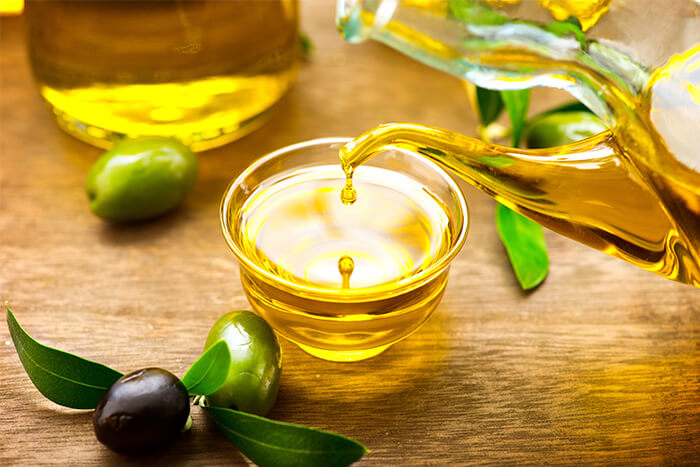How do you spot counterfeit olive oil?
The shortage of olive oil and soaring prices have created an ideal breeding ground for fraud.
According to Europol, the sale of fake olive oil has become “common practice”.
The warning came after the authorities seized 260,000 liters of counterfeit products in coordinated operations in Italy and Spain in November.
Less than two months later, around fifty restaurants were investigated for the same reason in Rome, raising new alarms.
When buying or ordering extra virgin olive oil, always check the information on the bottle.
How do you know if an olive oil is authentic?
Some fraudsters are replacing the precious “liquid gold” with much cheaper seed oil.
Since seed oil is transparent, they color it with chlorophyll to give it a green hue and use carotenoids to obtain yellow traces, which creates a color similar to olive oil.
However, even though they look similar, there are big differences.
Seed oil has no taste or smell, while “olive oil is never tasteless. It can be more or less sweet, bitter or spicy, but it will never be tasteless,” food science professor Maurizio Servili told euronews.
“Anyone who has tried olive oil at least a few times will be able to tell the difference. It’s the polyphenols that give it its distinctive flavor,” added the expert.
Easy tests to detect dubious mixtures
Fraud can be a little more difficult to detect if the seed oil is mixed with real olive oil.
In these cases, “a simple analysis can unmask the fraud. Such as the fatty acid composition test, or the sterol composition, as well as spectrophotometric constants,” says Professor Servili.
In some countries, the sale of this type of blend is legal, but the amount of oil in the bottle must be clearly indicated on the label and the product cannot be called “olive oil”.
Other frauds use a mixture of olive oil and “lampante oil”, named after its historical use as fuel in lamps. This is an inferior quality oil, unfit for consumption due to its high acidity.
Judging olive oil by its packaging
When buying or ordering extra virgin olive oil, always check the information on the bottle. Make sure there is a date and place of harvest, check if you can scan a QR code to trace the production chain and look for seals from a third-party certifier, tester or consortium, such as DOP or IGP.
“The most advanced olive oil consortia use blockchain systems for traceability,” says Sabina Petrucci, an Italian olive oil producer. But, according to her, “checks are never enough” and consumers should be more informed about “the existence of such traceability tools”.
Global olive oil shortage drives up prices
The sale of fake olive oil is increasing rapidly due to a severe global shortage.
“Production has collapsed in the last two years,” says Servili. “By 2023 alone, we will have lost between 20 and 25% worldwide.”
The main culprit is the extreme drought in the Mediterranean, a region that accounts for almost 90% of the world’s extra virgin olive oil production.
“Spain, Greece, Italy, Tunisia… all these countries have been hit. And this year could be even worse. Water resources are becoming extremely scarce.”
“Normal extra virgin olive oil used to cost between 3 and 5 euros per liter in the supermarket. Now it costs between 10 and 12 euros.”
It has become much easier for fraudsters to sell their products, with the complicity of dishonest restaurants, who “know what they are buying”, according to Servili.
“There has always been a market for counterfeit olive oil. But now it’s becoming more powerful because restaurants don’t want to pay the current prices for olive oil.”
Related Article: Olive oil will continue to be expensive
Related Article: Olive oil is in ASAE’s sights

